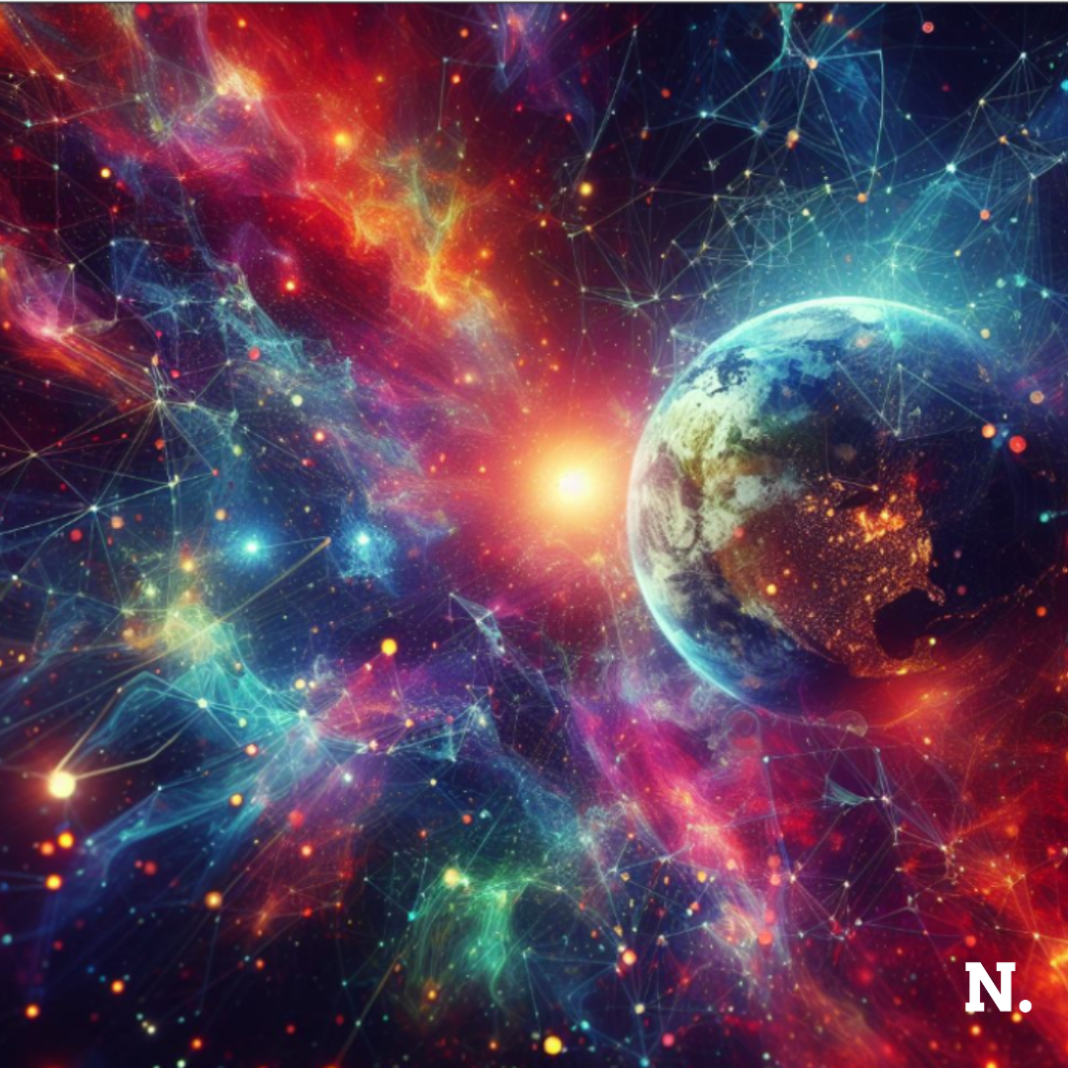In the previous article, we learnt about CubeSats, the miniaturized versions of standard satellites. These CubeSats work in constellations. Constellations? Isn’t that term used for stars? Yes, but constellations also mean a ‘group’.Satellite Constellations also denote a group of satellites.
What are satellite constellations?
Satellite constellations work in space to help Earth, providing communication and navigation support. They cooperate by expanding our exploration abilities and technological improvements. They function better in a group than when they are functioning individually.
How are these constellations helpful?
Think of traditional Communication satellites as faithful but limited messengers in the sky. Now, imagine satellite constellations as the superheroes swooping in to save the day! With their low Earth orbit dances, they break barriers, ensuring everyone, even in the most remote corners, gets a seat at the internet table. Thanks to projects like Starlink, OneWeb, and Project Kuiper, these cosmic heroes are making high-speed internet dreams a reality.
They act as guardians with developed technology, Observing Earth with exceptional detail and frequency. These techy guardians play a crucial role in disaster monitoring, agriculture, urban planning, and environmental conservation. Planet Labs and their fleet of CubeSats are at the forefront of this cosmic lookout, providing us snapshots of our planet’s vibrant landscape.
These constellations are like the GPS, the heroes of modern Navigation. They are the guiding stars in the digital age, offering accuracy and exact timing for everything. It does not end here! These constellations are prepared to take navigation to new heights, ensuring we never lose our way, with progresses like Europe’s Galileo and China’s BeiDou on the horizon.
Satellite constellations are expanding Space-based services beyond standard telecommunications and Earth observation. This includes initiatives like space-based internet, on-orbit servicing, space manufacturing, and space tourism. The corresponding nature of satellite constellations allows for the creation of orbital outlets that support applications and services.
Side effects of satellite constellations
Satellite constellations in space pose challenges like Space Debris and Light Pollution. Astronomical observations and radio astronomy are affected. Global cooperation and responsible practices are needed to address these issues and balance progress and preservation. We can work towards a sustainable future in space through shared commitment, international collaboration, and ongoing research. It is important to know the impacts of satellite constellations on the environment and society to preserve the beauty of the stars for the future.
Conclusion
These satellite groups help Earth with communication and navigation, providing high-speed internet access and monitoring capabilities. These constellations act as modern navigational heroes, offering accurate timing and expanding space services. However, they also bring challenges like space debris and light pollution, requiring global cooperation for a sustainable future.
“Space exploration is a force of nature unto itself that no other force in society can rival.”
~Neil deGrasse Tyson





